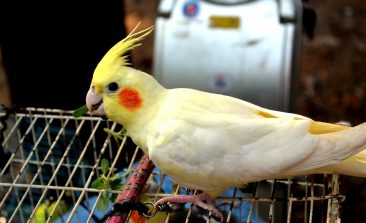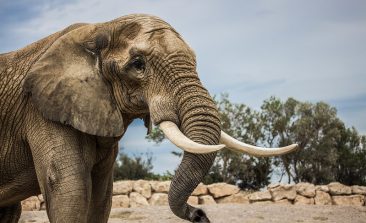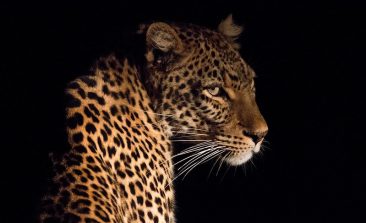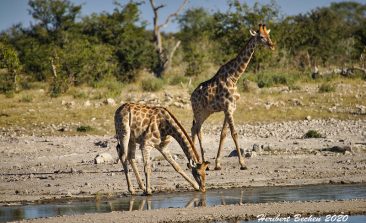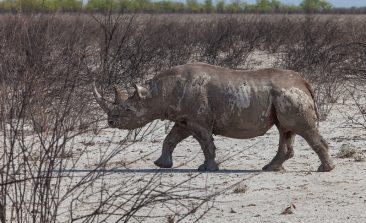Content to: Wildlife
How the “Sizzling Bacon” Sound of Shrimp Can Reduce Whale Beachings
Researchers are exploring ways to monitor underwater human activity by listening to the natural sounds of sea creatures instead of using whale-harming methods like sonar.
New Forensic Tools Can Spot Illegally Traded Exotic Birds with a Single Feather
Animals which are critically endangered in the wild, are becoming increasingly common sights in pet markets around the world. New tools may help the authorities separate the captive-bred from those snatched from the wild.
Air Shepherd: Leading Rhinos and Elephants to Safety – With the Help of Drones
Air Shepherd flies drones to stop poaching. To date, they’ve piloted over 4,000 missions to stop rhino and elephant poachers. In their own words, their work is “reversing the march of extinction”. Here’s how.
Wildlife Insights: A Google-Built AI is Taking Animal Surveillance to New Levels
With global biodiversity in crisis, conservationists around the world are devising more and more innovative ways to curb species loss. One of the latest initiatives is Wildlife Insights: a new tool that harnesses the power of AI to dramatically grow our knowledge about wildlife populations.
In Germany, Artificial Intelligence Is Making Wind Turbines More Bird-Friendly
In Germany, the rate of construction of new wind turbines has slowed dramatically - which could have fatal consequences for the energy transition. One of the reasons that new turbines face opposition is that the giant blades endanger near-flying birds. BirdVision is tackling the problem with the help of AI.
Project Zamba: Protecting African Wildlife With Open Data and Artificial Intelligence
Camera traps are often used to protect endangered wildlife, recording thousands of hours of footage of the natural world. But who has the time to watch and analyse all of it? An open data project is helping animal conservation efforts by scanning hours of video footage and automatically highlighting the things that count.
Star Spotting Technology Is Being Brought Back to Earth To Help Save Endangered Species
Technology that was originally developed for finding and identifying stars billions of miles away is now being put to use a little closer to home.
Satellites: Environmental Protectors and Development Aid in Space?
Initially developed for military purposes, satellites are these days being used more and more frequently in the fields of enviromental protection and humanitarian aid, opening up completely new possibilities in the fight against illegal logging, epidemics, environmental pollution and facilitating in monitoring and protecting endangered species. But what do satellites actually do and how is their data used? Can they really be helpful as environmental and development aids?
Keeping wildlife at the forefront of discussion: an interview with Conservation India
Conserving India’s wildlife is an immense task and one which Conservation India (CI) is fully committed to tackling.

